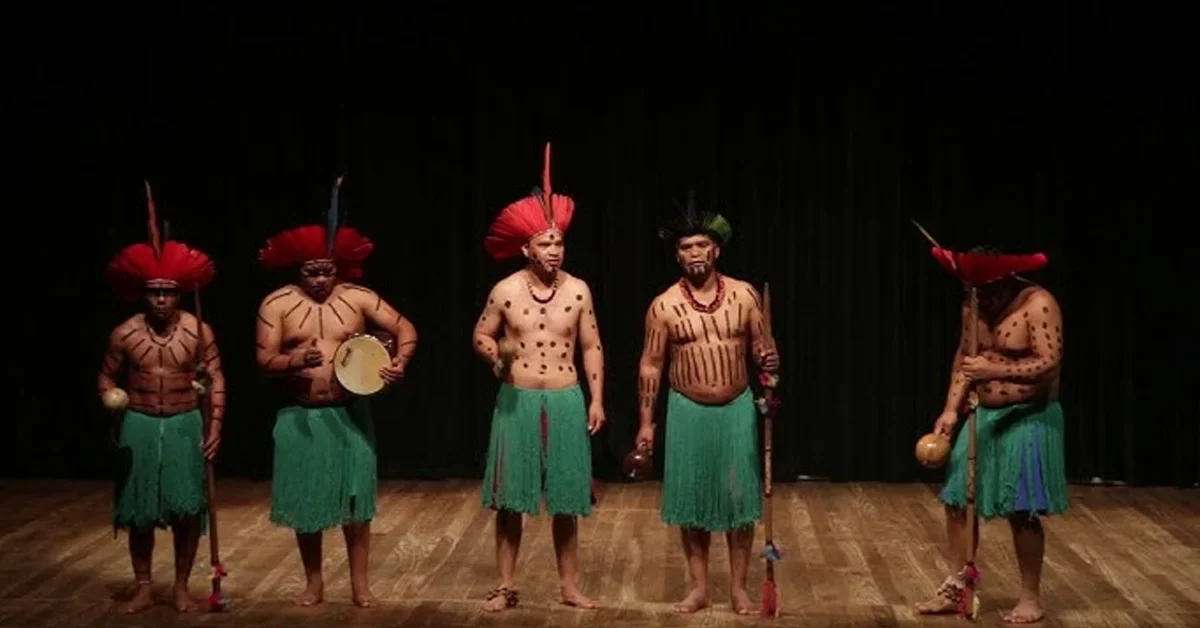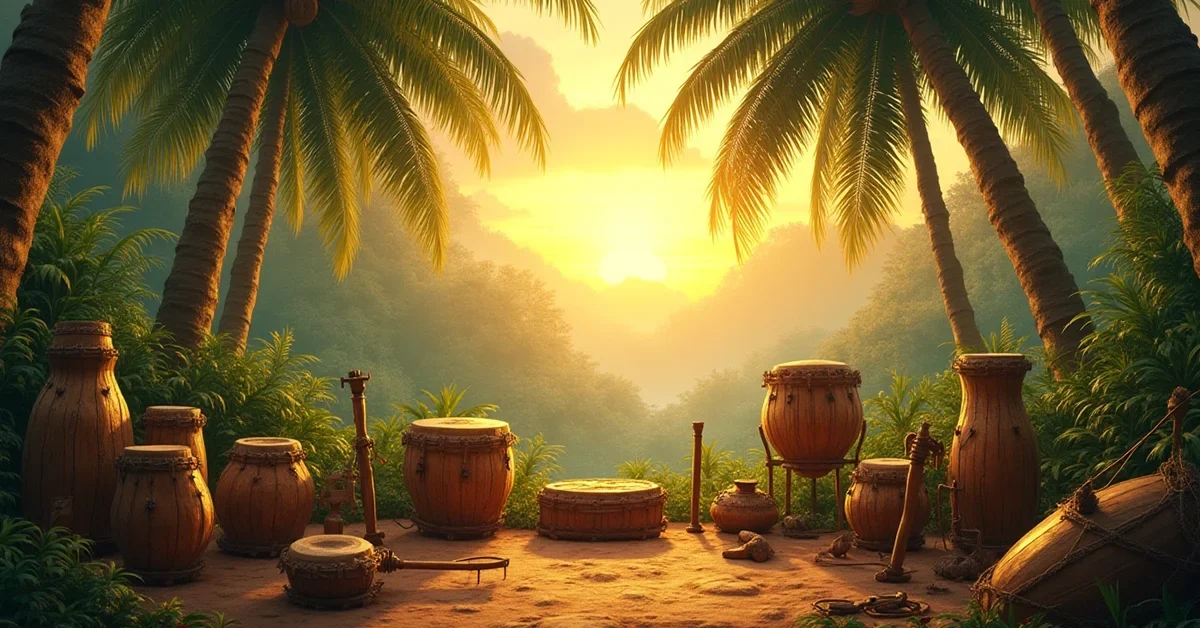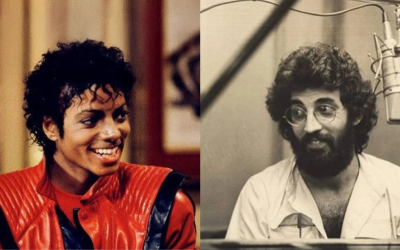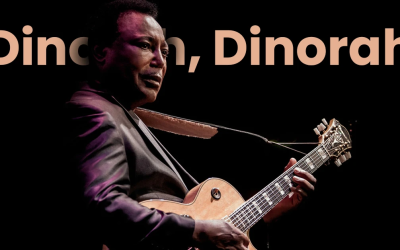When we think of Brazilian music, genres like Samba and Bossa Nova often come to mind. However, the roots of Brazil’s musical heritage run much deeper, tracing back to a time when the land was known as Pindorama—the “Land of Palm Trees.” This article delves into the Pindorama music history, revealing the rich tapestry of sounds and traditions that predate Portuguese colonization.
The Land Before Brazil: Understanding Pindorama
A Mosaic of Indigenous Cultures
Before the arrival of the Portuguese in 1500 A.D., the vast expanse of what we now call Brazil was home to approximately one thousand indigenous nations, collectively numbering around five million people. Each of these groups possessed unique languages, customs, and musical traditions, contributing to a diverse and vibrant cultural landscape.
The Significance of “Pindorama”
The term “Pindorama” originates from the Tupi-Guarani language, meaning “Land of Palm Trees.” This name reflects the indigenous people’s deep connection to their environment and stands as a testament to their rich cultural identity long before European influence.
Musical Traditions of Pindorama
Instruments Crafted from Nature
Indigenous Brazilian music was deeply intertwined with the natural world. Instruments were often crafted from readily available materials:
- Flutes and Whistles: Made from bamboo, bone, or wood, these instruments produced melodies that accompanied various ceremonies.
- Drums: Hollowed logs and animal skins were used to create percussive rhythms essential to communal gatherings.
- Rattles: Gourds filled with seeds or stones added texture to musical compositions.
- String Instruments: Plant fibers and animal sinew were fashioned into rudimentary stringed instruments.
- Horns: Carved from animal horns or large shells, these instruments signaled important events or messages.
Music as a Cultural Pillar
For the indigenous peoples of Pindorama, music was more than mere entertainment. It played a central role in various aspects of life:
- Spiritual Ceremonies: Music facilitated connections with ancestors and the spiritual realm.
- Social Cohesion: Communal singing and dancing strengthened bonds within the community.
- Storytelling: Oral traditions were preserved and passed down through song.
- Healing Practices: Specific rhythms and melodies were believed to possess therapeutic properties.
The Impact of Colonization on Indigenous Music
Cultural Suppression and Loss
The arrival of Portuguese colonizers marked a tumultuous period for the indigenous populations. Many communities faced violence, displacement, and cultural suppression. As a result, numerous musical traditions were lost or severely diminished.
Resilience and Preservation
Despite these challenges, some indigenous groups have managed to preserve their musical heritage. Contemporary ensembles like the Nóg Gã Group of the Kaingang people and the Teko Guarani Group continue to perform traditional music, serving as living links to Pindorama’s rich musical past.
Rediscovering Pindorama’s Musical Legacy
The Role of Modern Artists
Brazilian musicians have increasingly sought to honor and incorporate indigenous Brazilian music into their work. For instance, composer Caetano Veloso‘s song “Um Índio” (“An Indian”) reflects on indigenous identity and resilience, bringing attention to the enduring influence of native cultures on Brazil’s musical landscape.
Engaging with Indigenous Music Today
To truly appreciate the depth of Brazilian musical heritage, one can:
- Explore Recordings: Seek out albums and performances by indigenous artists.
- Attend Cultural Festivals: Participate in events that showcase traditional music and dance.
- Support Indigenous Communities: Engage with initiatives aimed at preserving and promoting indigenous cultures.
The Oral Tradition: Music Without Written Notation
A Living Musical Heritage
Unlike European musical traditions that relied heavily on written notation, Pindorama music history was preserved through oral transmission. This method allowed for:
- Dynamic Evolution: Each generation could add their own interpretations while maintaining core traditions.
- Cultural Adaptation: Music could evolve to reflect changing circumstances and environments.
- Community Participation: Everyone could contribute to the musical heritage of their group.
The Challenge of Documentation
The absence of written musical notation means that much of Pindorama’s musical heritage exists only in the memories and practices of surviving indigenous communities. This makes preservation efforts both crucial and challenging, as each elder who passes away takes irreplaceable knowledge with them.
Contemporary Expressions of Ancient Traditions
Modern Indigenous Music Groups
Several contemporary groups are working to bridge the gap between ancient traditions and modern expression:
The Nóg Gã Group incorporates traditional Kaingang elements into their performances, using spears as percussion instruments that symbolize both musical rhythm and cultural resistance. Their music represents a powerful fusion of ancestral wisdom and contemporary artistic expression.
The Teko Guarani Group, composed primarily of young people, demonstrates how native Brazilian sounds continue to resonate with new generations. Their performances serve as both entertainment and education, introducing audiences to the rich musical traditions of their ancestors.

The Environmental Connection
Music and Nature in Harmony
Pindorama music history reveals a deep connection between musical expression and environmental awareness. Indigenous songs often:
- Celebrated seasonal changes and natural cycles
- Honored specific animals, plants, and geographical features
- Transmitted ecological knowledge through musical storytelling
- Reinforced the community’s relationship with the natural world
This environmental consciousness, embedded in ancient musical traditions, offers valuable lessons for contemporary discussions about sustainability and environmental protection.
Preserving the Musical Heritage of Pindorama
The Importance of Cultural Continuity
Every surviving song from Pindorama represents what researchers describe as “a small miracle—a heartbeat from the past that refuses to be silenced.” The preservation of this musical heritage is not just about maintaining historical artifacts; it’s about keeping alive worldviews and wisdom that remain relevant today.
Supporting Indigenous Artists
Contemporary indigenous musicians face unique challenges in preserving their cultural heritage while adapting to modern contexts. Supporting these artists through:
- Purchasing their recordings
- Attending their performances
- Sharing their work on social media
- Learning about their cultural contexts
helps ensure that the musical traditions of Pindorama continue to thrive and evolve.
Conclusion: The Continuing Story of Pindorama
Pindorama music history is not a closed chapter in Brazil’s past—it’s a living, breathing tradition that continues to influence and enrich Brazilian culture today. From the complex rhythms that would later contribute to Samba’s development to the spiritual depth that characterizes much of Brazilian popular music, the musical heritage of Pindorama remains a vital force.
Understanding this history helps us appreciate not only the diversity and richness of indigenous Brazilian music but also the resilience of the communities that have preserved these traditions against overwhelming odds. As we face contemporary challenges around cultural preservation and environmental protection, the wisdom embedded in Pindorama’s musical heritage offers valuable guidance for creating a more harmonious and sustainable future.
The next time you listen to Brazilian music, remember that you’re hearing echoes of Pindorama—a land where music, nature, and community existed in perfect harmony for thousands of years before the first European ship appeared on the horizon.
References
- Before Samba: Brazil’s Ancient Musical Roots – The Stringuy
https://youtu.be/9awWQvvarBI - “Samba instruments recognized as Brazil’s national cultural heritage.” Agência Brasil, https://agenciabrasil.ebc.com.br/en/cultura/noticia/2024-10/samba-instruments-recognized-brazils-national-cultural-heritage
- “Have you ever heard of Beiradão? Know the history of the sound that comes from the Amazon.” Embrazado, https://medium.com/embrazado/have-you-ever-heard-of-beirad%C3%A3o-know-the-history-of-the-sound-that-comes-from-the-amazon-2d0daec9e918
- “Pindorama.” Scribd, https://www.scribd.com/document/806681702/Pindorama





